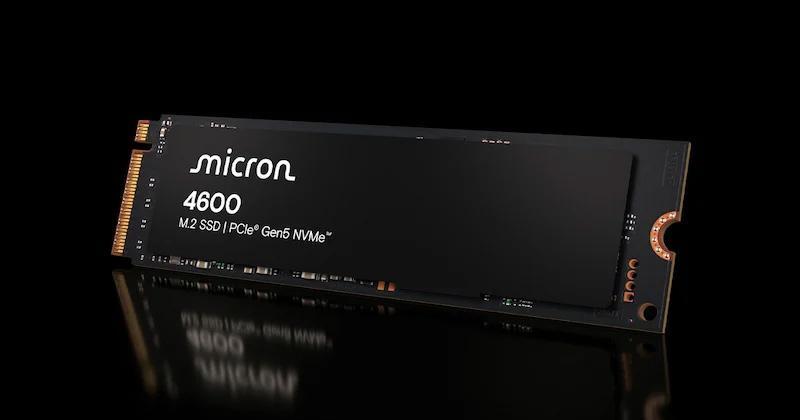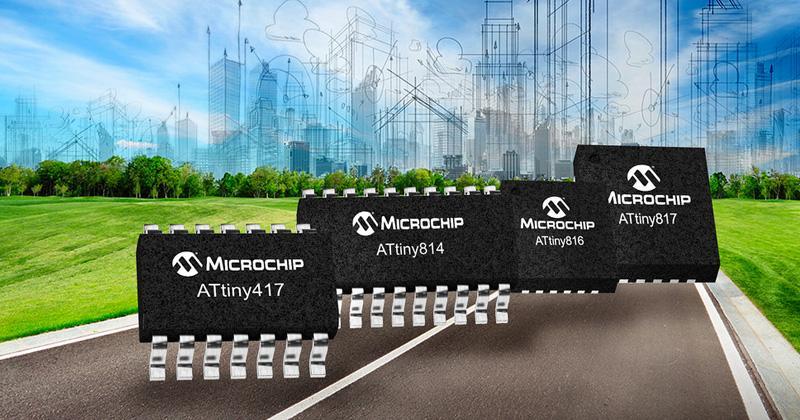
Renesas Curtails IoT Standby Power With New 64-bit Microprocessors
Powered by Arm Cortex CPUs, the new MPUs hit key IoT pain points: standby power, peripherals, and security features.
This week, Renesas announced the latest addition to its RZ/G series of MPUs, the RZ/G3S, a 64-bit Arm-based MPU targeted at 5G IoT and gateway applications.
The MPU features high-speed connectivity using PCIe Gen 2, tamper detection for heightened security, dynamic power optimization through fast Linux bootup, and power consumption as low as 10 uW.
The RZ/G3S Features Two Conceptual Domains
According to the product manual, the RZ/G3S CPU is partitioned into two conceptual domains: an application core domain and a system control core domain. As the name implies, the application core domain runs IoT and edge software applications, while the system control core domain manages the state of the RZ/G3S, including low-power state and security control.
The application core domain features a single 1.1-GHz Cortex-A55 with 32 KB L1 cache with parity detection and 256 KB L3 cache with ECC checking. ECC error checking increases reliability by maintaining data integrity, which is especially important in IoT and edge applications because of their real-time processing requirements.
The CPU also features two 250-MHz Cortex-M33 subscores—one in the application core domain and another in the system control core domain. The Cortex-M33 in the application core domain has a floating-point unit (FPU), while the one in the system control core domain does not.
Security and Connectivity: Key Focuses of the New MPU
One of the key new security features in the RZ/G3S is tamper detection in the battery backup function (VBATTB). The battery backup function keeps the real-time clock (RTC) operational and retains key data even if the main voltage common collector (VCC) power is turned off. If a malicious tamper event is detected, the tamper detection hardware captures the tamper event timestamp, generates an interrupt, and erases the retained data. This mechanism is shown below.
The RZ/GS3 also features PCIe Gen 2, CAN, Ethernet, and USB bus accessible via the ACPU bus, which allows communication between the cores, DDR memory controllers, and storage and network hardware. This enables interoperability with a wide variety of 5G wireless modules at gigahertz communication speeds.
Fast Linux Startup: A Valuable Low-Power Mode for IoT
IoT devices often do not operate continuously; there may be extended periods of time in which no data is received from another IoT device. Accordingly, devices should enter a low-power state to reduce energy consumption.
Renesas says the RZ/G3S is designed for extremely low standby power levels but can retain data using DDR self-refresh and reboot using fast Linux startup. Fast Linux startup, also known as fast boot, allows Linux to start up with shorter hardware initialization time, making it a key feature for IoT devices that may need to exit standby mode at any time and enable software.
Renesas Joins an IoT and AI Market Niche
By combining these power-saving, connectivity, and security features—such as adding M33 sub-CPUs for distributed workloads and PCIE Gen 2 support—Renesas appears to be addressing the IoT gap in its RZ/G lineup to date. But it is not without competition. In 2023, STMicroelectronics also released its own MPUs designed for similar IoT and edge AI applications.
Renesas claims that its offering is unique, however—in part, because it targets "next-generation products" like those supporting 5G IoT and Gigabit Wi-Fi 7 gateway use cases.




